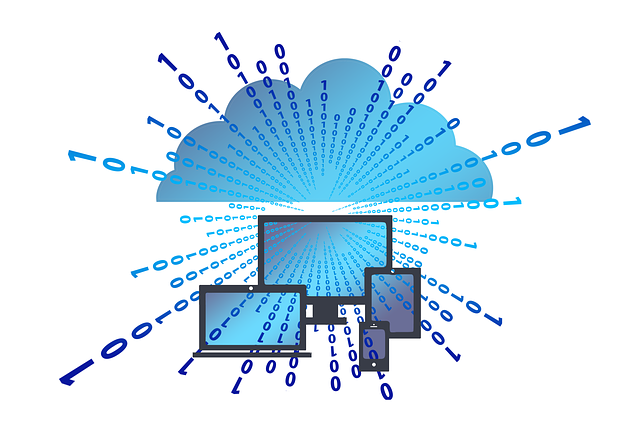 CLOUD
CLOUD
 CLOUD
CLOUD
 CLOUD
CLOUD
This is a sponsored post commissioned by Dell EMC. Sponsored posts are paid content that appear on all pages of SiliconANGLE.com, supporting editorial efforts. For pricing and inquiries, email sponsor@siliconangle.com.
As enterprises gain experience with cloud computing, the practical limits with public cloud options become more obvious. Hybrid cloud is the necessary response, but enterprises face a range of options for bringing the cloud experience to their data’s locations. A lot of new technology is queued up to support a common cloud operating model across hybrid locations, but hyperconverged infrastructure, or HCI, will be the hardware basis for on-premises cloud options.
While advances in technology are amazing, computing isn’t magic. Applications still must run on hardware somewhere, whether in data centers of public cloud facilities. As chief information officers and other technology executives envision digital business strategies, they must consider IT options carefully. The issue of “the hardware runs somewhere” still matters: Physical, cost, sourcing, time-to-value, security, administrative complexity and other constraints are reshaping enterprise architectures and technology decision making, and all of these issues are impacted by hardware choices. Which hardware technologies are most important to achieve the cloud experience regardless of where the hardware resides? Which integration approaches will best alleviate infrastructure constraints? Which sourcing partnerships are most likely to sustain a strong and steady stream of simpler and superior systems technology?
To answer these and other questions, Wikibon convened a CrowdChat to discuss the impacts of cloud computing and digital business. For an hour in December 2017, 54 industry experts who are part of the Wikibon community met online to discuss this topic. The conversation comprised nearly 225 collaborative observations that generated nearly 800,000 customer impressions. Among the key findings from the collaboration (a summary of that CrowdChat can be found here):
*******************************************
What is a CrowdChat?
CrowdChat is a community engagement tool used by Wikibon to research innovation. A CrowdChat brings together – online – experts in a domain to discuss complex technology, social, and business issues. Wikibon posts questions to these experts, which catalyzes a bloom of conversational interactions about the subject. Wikibon analysts then combine these interactions with other research sources to develop the findings that we publish in a Voice of the Community research paper.
*******************************************
Cloud computing is becoming the design point for all computing, but cloud computing also is becoming more than just the public cloud. The ability to offer self-service, metering, charge-backs are important regardless of whether the hardware is within the four walls or outside. The reason for this is not some specific failures of public cloud companies nor is it something that can be “solved” by innovation or marketing. Rather, the evolution of cloud computing is responding to a variety of very practical data realities that are fixed and permanent. Most importantly is the fact that nothing can move faster than the speed of light, including data. Given that new classes of application are increasingly distributed and more data oriented, latency is emerging as a crucial question for designing not only infrastructure, but also applications – and even digital business strategies. Consequently, the Wikibon community observes that:
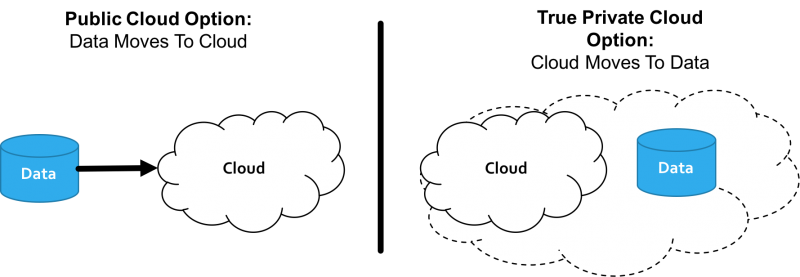
Figure 1: The cloud experience is moving to the data (Source: Wikibon)
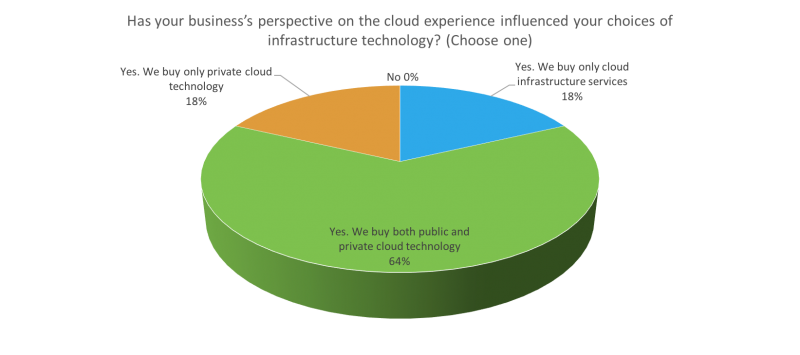
Figure 2: Impact of the cloud experience on technology selection (Source: Wikibon)
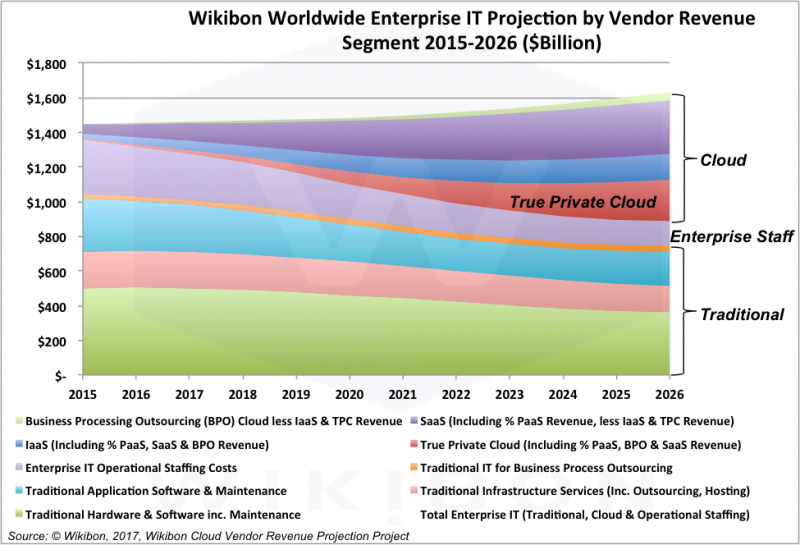
Figure 3: Cloud infrastructure market is trifurcating (Source: Wikibon)
*******************************************
Sidebar: What does the Wikibon community say about hybrid cloud strategies?
- “Cloud is about the operational model, and the services that are offered.”
- “Pay-as-you-go, scale, automation, things that cut my IT operations labor.”
- “Let’s first define what the cloud experience should feel like…. It should be adaptable, allowing customization for programs and applications…. It should be reliable and always on, like power or water to your house.”
*******************************************
Because of the dynamic nature of data, hybrid cloud will be the dominant enterprise technology platform, and TPC will be an essential component of any enterprise’s cloud strategy. The goal is the cloud experience wherever the data demands. Hyperconverged infrastructure technologies will be the basis for many forms of cloud infrastructure, including TPC. Converged infrastructure technologies leveraged systems support hardware, like racks, power supplies and operator consoles, across server, storage and networking gear. HCI extended this concept by converging system software to streamline or automate infrastructure expansion (with a special emphasis on pay-as-you-go increments), configuration, linear scaling, maintenance and resource administration activities. These are powerful and rapidly evolving technologies, that nonetheless are fully ready for enterprise deployment because:
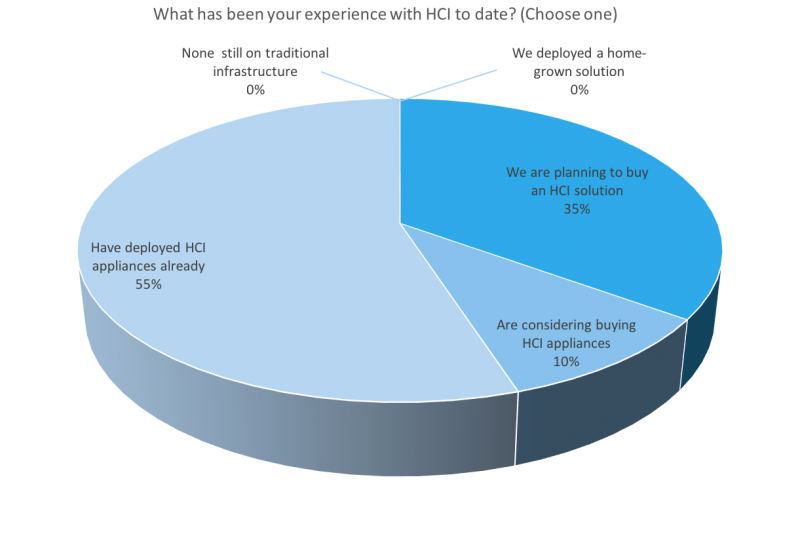
Figure 4: Wikibon community has strong HCI experience (Source: Wikibon)
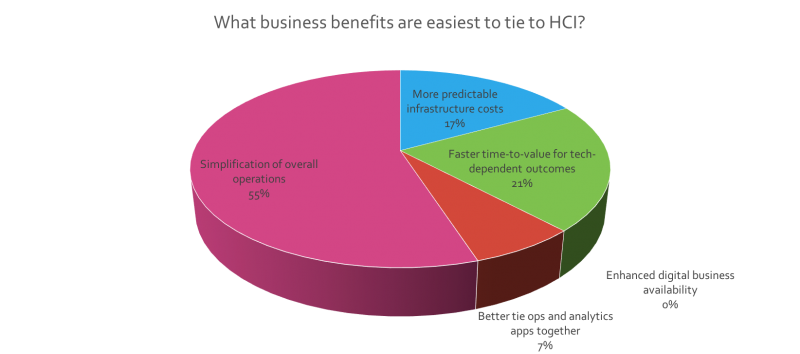
Figure 5: HCI business benefits tied to simplicity (Source: Wikibon)
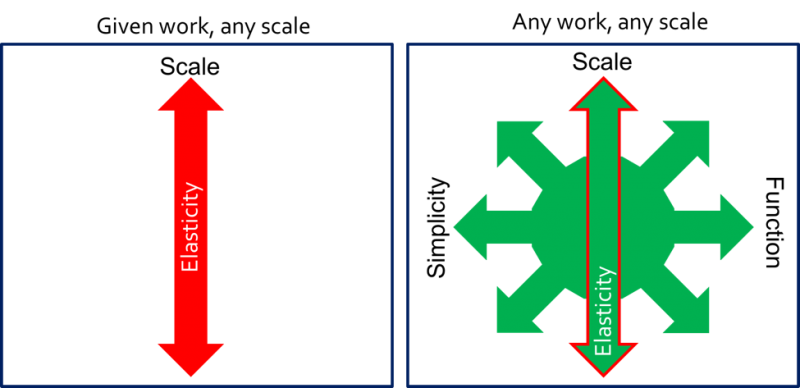
Figure 6: Infrastructure plasticity (Source: Wikibon)
Sidebar: What does the Wikibon community say about HCI and cloud strategies?
“HCI is an organizational testbed for the cloud operating model.”
“Big issue for CIO: I can converge technology easier than I can converge my organization.”
“[Our business leaders] just want IT to *not* be an impediment. To the degree that HCI facilitates this, they’re all in. It’s a simple decision for them.”
Generally, HCI solutions are constructed of common hardware and software elements, including flash-based memory, software-defined infrastructure tools, and industry-standard CPUs. The use of these types of components, of course, accelerates invention and innovation, lowers out-of-pocket costs, increases administrative simplicity and makes HCI a more attractive target for new development frameworks and workloads. However, the Wikibon community is clear: component commonality does not translate into solution commodities in the HCI market, or simply put, hardware matters. On the contrary, 100 percent of Crowdchat participants indicated that the design and integration of underlying HCI hardware and software technologies influenced solution choices, with 45 percent indicating that it strongly influenced these choices (Figure 7). We think users are differentially valuing different vendor HCI solutions because of:
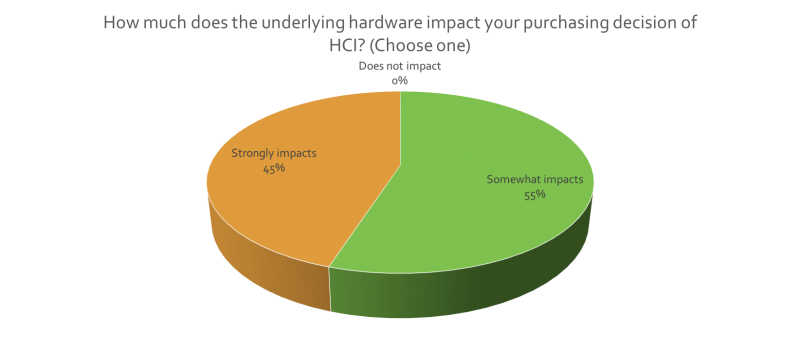
Figure 7: Hardware still matters in HCI purchases (Source: Wikibon)
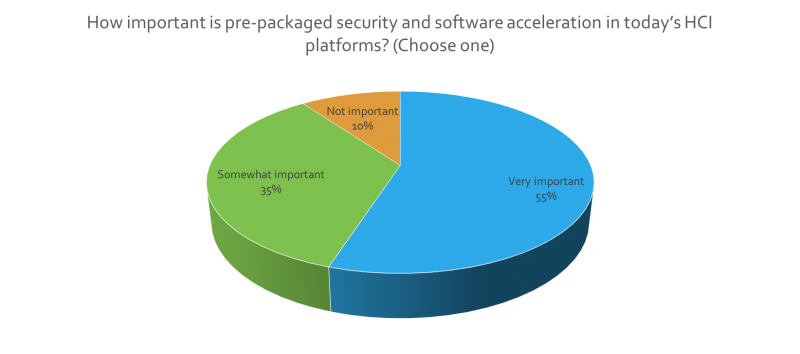
Figure 8: Still room for differentiation in HCI (Source: Wikibon)
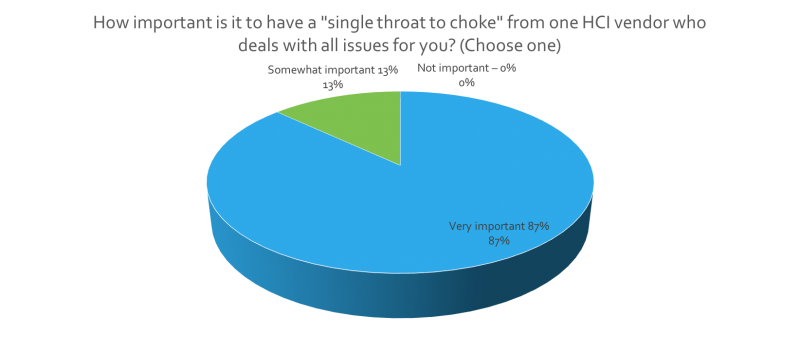
Figure 9: Users value “converged vendor relationships” (Source: Wikibon)
Sidebar: What does the Wikibon community say about HCI sourcing relationships?
“Hardware matters — we just don’t want to know about it…. We want it to be fast, rock solid and cheap.”
“The software must work in concert with the hardware and as workloads scale and change over time, greater speed and performance is demanded. A key factor is solutions that most effectively combine the two.”
“Plumbing matters when it breaks. Hardware matters for #HCI.”
Customers want a consistent cloud experience, wherever their data demands it. Where the data demands an on-premises or near-premises option, HCI is the right technology choice for almost all use cases. Our CrowdChat confirms that HCI is the market-tested, most flexible, most feature-rich and simplest option. Moreover, the Wikibon community believes that HCI will be the focal point for on-premises or near-premises system innovation going forward. Finally, HCI simplifies technology and sourcing management by establishing simpler lines of accountability, especially by creating a single-vendor relationship.
To ensure that a business is not constrained by digital infrastructure – including real limits on the use of public cloud options – CIOs must establish clear plans to exploit HCI technology. The cloud operating model must operate where an enterprise’s data demands it, including at the edge, in the core and in the cloud. HCI will be the common hardware element throughout a modern digital business. Look for HCI solutions that best mimic the cloud experience, rapidly and simply incorporate technology advances, and come from reputable vendors with long-term skin in your game.
Support our mission to keep content open and free by engaging with theCUBE community. Join theCUBE’s Alumni Trust Network, where technology leaders connect, share intelligence and create opportunities.
Founded by tech visionaries John Furrier and Dave Vellante, SiliconANGLE Media has built a dynamic ecosystem of industry-leading digital media brands that reach 15+ million elite tech professionals. Our new proprietary theCUBE AI Video Cloud is breaking ground in audience interaction, leveraging theCUBEai.com neural network to help technology companies make data-driven decisions and stay at the forefront of industry conversations.